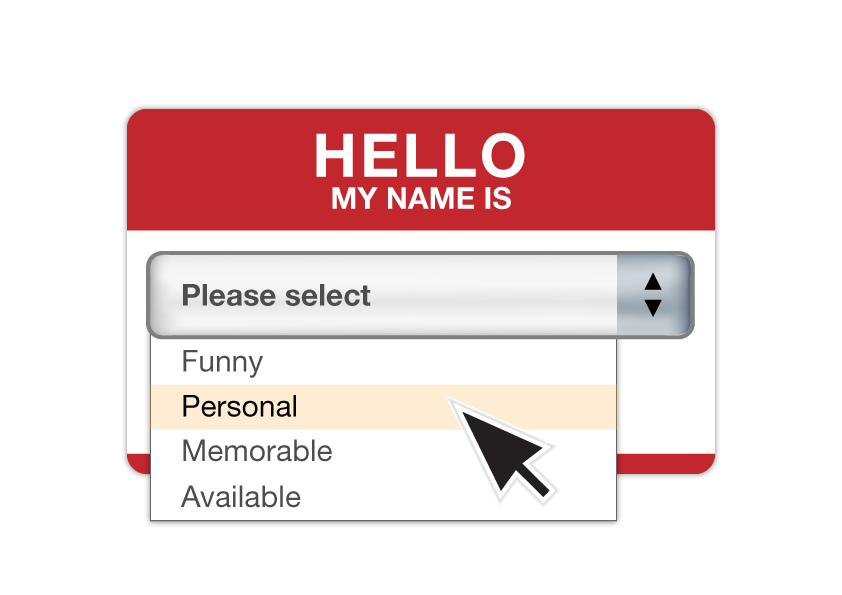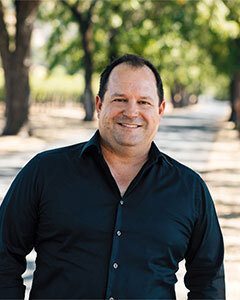Discover the 10 rules for developing a killer brand name for alcohol beverage branding.
Naming and branding can be a powerful combination when developed correctly. Together they form the vision and the essence of your brand, communicate the benefit of your product, and ultimately support an emotional connection with your target consumer.
Developing and choosing a name is a delicate balance of art and science. Names that follow these 10 key rules will have the greatest chance of success:
- Fit to Concept
Which name candidate best fits your brand’s positioning? Does it conjure positive visual associations that reinforce the brand’s essence or unique selling opportunity? Will the product name appeal to your target customers and their lifestyle?
- Creative Opportunity
Does the name allow for unique creative opportunities? Does it conjure positive visual associations that reinforce the brand’s essence or unique selling opportunity?
- Easy to Pronounce
Research reveals what should be common sense: If your target market can’t pronounce the brand name, they won’t ask for it. Is your name easily pronounceable? Picture your brand on a menu with no other visual cues except the name. If your name isn’t easy to pronounce, consumers are likely to order a competitor’s brand instead.
- Memorability
Brand naming research shows memorability is the true litmus test of exceptional names. Can the consumer recall your new product name after seeing it just once? The ability of consumer’s to recall a new brand they enjoyed at a restaurant, bar, or at a friend’s party is one of the most difficult challenges to overcome. Your brand name should tell a story, create an emotional connection with the consumer, and connect with a place or visual that is reinforced with the brand’s logo and package design.
- Unique
Make sure your name is unique— if your name has a unique tie to your brand, its positioning or market space that’s even better. Your name should be very different from your competitors’ to avoid your consumers accidentally confusing it with a another product.
Simply changing an existing brand name’s spelling or making it plural is not enough to make a name protectable under the law. Names are reviewed phonetically as well, so a brand name that is simply spelled differently, but is pronounced the same will prove problematic.
- Spelling
Avoid being too tricky with the spelling of your name. Consider how easily your brand can be searched for online if consumers only hear your brand name on the radio or by word-of-mouth. What will search engines pull if your name is searched online? If your brand is going to be sold internationally, consider what the name means in other cultures that may come in contact with your brand. E.g. the famed case of Chrysler’s car named “Nova” that was marketed in Mexico. When translated into Spanish means “no va” means “no go”.
- Associations
What positive and negative associations exist with your new product name? What barriers have to be overcome with negative latent associations? Make sure your name has a positive meaning and is suggestive— don’t make your customers guess.
How does sound symbolism or phonosemantics (the relationship between sound and meaning) affect the evaluation of a name’s latent association? Is the relationship between the sound and meaning the same in all languages of your target consumers?
- Short
Shorter names are generally easier to remember and easier to work with in logo and package design applications. However, simply having a short name is worthless if it doesn’t meet the other criteria. A general rule of thumb: A short name with fewer creative opportunities can be worse than a long name with many.
- Emotional Bonding Power
When naming a brand or developing a product name, the name must connect with your target market. Ask yourself does the name have emotional bonding power? Will my consumers connect emotionally with this name?
10. Extendable
Can your name support product extensions? Does it create a theme that can be carried across a spectrum of future offerings, different categories, etc.
3 Naming Pitfalls & Mistakes to Avoid
Certainly, not all of the above criteria need to be met to develop a great name, but a name that passes the filter of most of these criteria will set you on a path toward success. However, in addition to these criteria filters, there are a few common pitfalls to avoid as well when developing a name.
- Don’t try to be too clever.
Names that are too clever can often be perceived as gimmicky, or worse, down-market. Don’t over or underestimate your audience with a name that is either too heady to understand immediately or so contrived that it gets perceived as novelty or worse, crass.
2. Your surname is not necessarily ownable.
While your birth name is certainly yours, it does not assure your ability to protect it as a brand name. Keep in mind that many people share the same or similar surnames and there is a strong potential that someone has already trademarked your surname or a name similar to yours that will prevent you from trademarking your name or avoiding a legal issue later.
3. Names that are too myopic.
Always keep your larger business plan and opportunities for expansion and product line future in view when developing a brand name. Carefully consider the ramifications of developing a name that limits the scope of your product offerings, such as Dave’s Bourbon. This might be a fine name, but if you plan to expand into another category such as gin, you’re in trouble if you have limited your opportunities with your brand name.
Keep in mind that your developed names will need to be checked for legal availability with the TTB/COLA Registry, US Trademark Registry, and in other countries if you have international aspirations. This is work best left to a qualified intellectual property attorney and well worth the investment to be done correctly. Your name should also be searched for URL availability to ensure your brand can easily be found online.
It can be a daunting task these days to find a name without conflict, but a killer name will make all the difference when developing your brand and in creating a memorable connection with your consumers.
One last piece of advice: Don’t apply for a trademark before securing your brand’s URL. The US Trademark Registry is heavily watched by individuals that monitor the registry and based on the applications will snap up URLs not already secured and hold them hostage for large sums of money. Purchasing your main URL and any derivatives ahead of time for a few dollars before applying for trademark is well worth the investment to prevent headaches and a bruised pocket book.
photo credit: Alan O’Rourke via photopin cc
- The Core 4 – Setting the Foundation for Your Brand - September 19, 2025
- The Rise of Low & No Alcohol Spirits: A $4 Billion Bandwagon - July 21, 2025
- The Private Label Opportunity and Bulk Spirits - March 25, 2025


How much is your service? We are after a brand name for alcohol that doesn’t limit to just one spirit.
Hi Larry,
Sorry we missed seeing your question. Feel free to reach out to me at 707-265-1891 or dschuemann@cfnapa.com